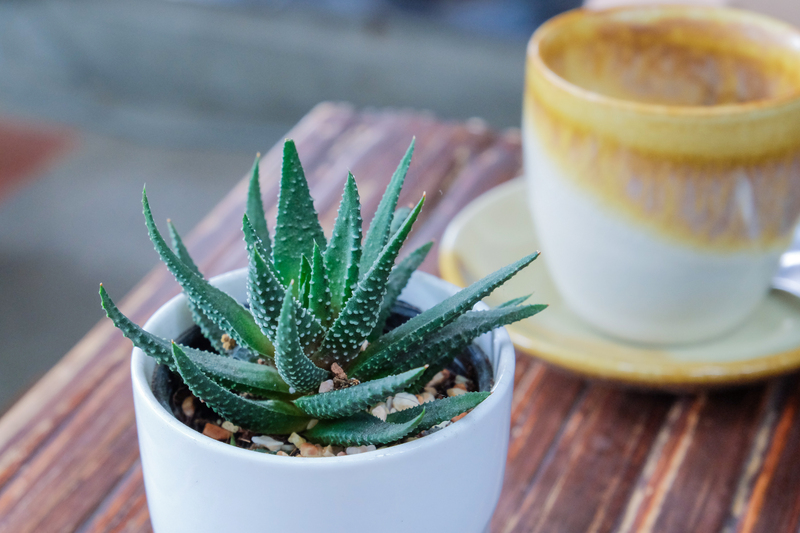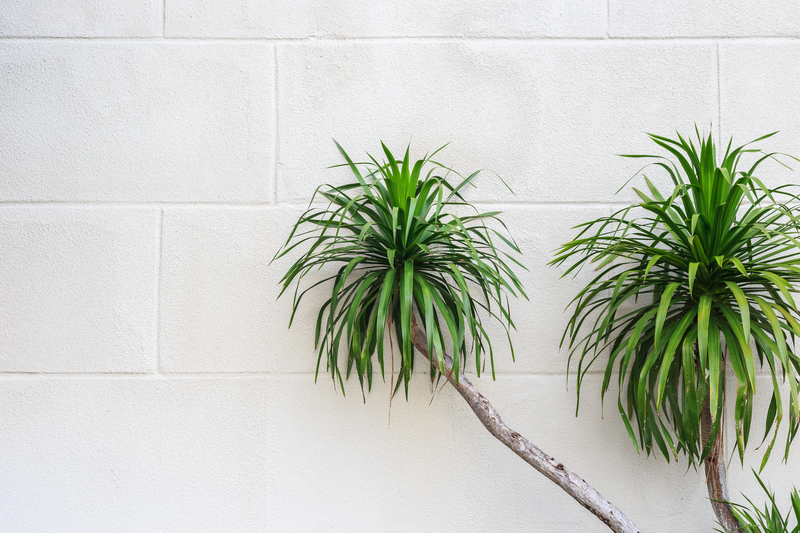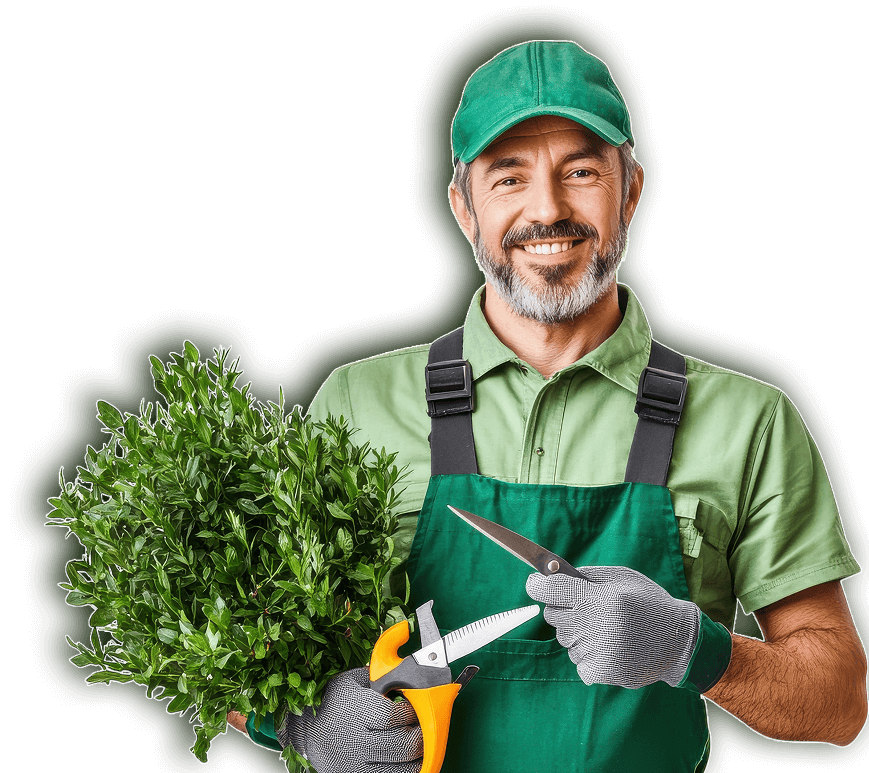Discover 10 Edible Wildflowers in the UK
Wildflowers are not only beautiful to behold but can also add a unique twist to your culinary adventures. Foraging for wildflowers is an age-old activity, and the UK boasts a variety of edible wildflowers. Let's explore 10 of these hidden gems that you can safely consume.

1. Dandelion (Taraxacum officinale)
Often considered a weed, dandelions are versatile and entirely edible. The leaves are slightly bitter but make an excellent addition to salads. The flowers can be used in teas or as a garnish, while the roots can be roasted and ground into a coffee substitute.
2. Elderflower (Sambucus nigra)
Elderflowers are typically found in hedgerows and woodlands. Their fragrant blossoms can be used to make elderflower cordial, wine, and even as a flavoring in desserts. Ensure proper identification, as some other species may be toxic.
3. Wood Sorrel (Oxalis acetosella)
Resembling clover, wood sorrel has a distinct lemony flavor. It's perfect for adding a zesty touch to salads, soups, and sauces. However, due to its oxalic acid content, it should be consumed in moderation.
4. Wild Garlic (Allium ursinum)
Also known as ramsons, wild garlic is easily identifiable by its pungent smell. The leaves, flowers, and bulbs are all edible. Wild garlic can be used to make pesto, soups, or simply added to salads.
5. Common Chickweed (Stellaria media)
Common chickweed is a delicate plant with mild flavor. It's often found in gardens and fields. This wildflower can be added raw to salads or cooked like spinach. It's also rich in vitamins and minerals.
6. Nettle (Urtica dioica)
Despite their sting, nettles are highly nutritious and can be used in soups, teas, and even as a spinach substitute. Cooking destroys the stinging hairs, making them safe to eat.
7. Violets (Viola odorata)
Sweet violets are commonly found in woods and grasslands. The flowers are often candied, used in jellies, or as a colorful addition to salads. Leaves can also be used, although they have a milder flavor.
8. Red Clover (Trifolium pratense)
Red clover flowers are not only visually appealing but also edible. They can be used in teas, salads, and baking. Red clover has been used medicinally for its purported health benefits.
9. Meadowsweet (Filipendula ulmaria)
Meadowsweet grows in damp meadows and has a sweet, almond-like aroma. The flowers can be used to infuse creams, jellies, and beverages. Historically, it was used to flavor mead, hence the name.
10. Yarrow (Achillea millefolium)
Recognizable by its feathery leaves and white or pinkish flowers, yarrow has a slightly bitter taste. It's often used in salads and as a seasoning for meats. It's also known for its medicinal properties.
Pros and Cons of Foraging Wildflowers
- Pros
- Free, natural ingredients
- Enhances diet with unique flavors
- Environmentally friendly
- Cons
- Potential for misidentification
- Time-consuming
- May require thorough cleaning
Tips for Safe Foraging
- Always positively identify wildflowers before consumption.
- Forage in clean areas, away from pollutants like roadways and industrial sites.
- Take only what you need, ensuring the plant population remains sustainable.
- Use a reliable guidebook or app for identification.
- Avoid foraging in protected areas or nature reserves without permission.

Takeaways
- Wildflowers can enhance both the beauty and taste of your meals.
- Understanding and correctly identifying edible flowers is crucial for safe consumption.
- Sustainable foraging practices are essential to protect natural habitats.
Conclusion
Foraging for edible wildflowers can be a rewarding and delightful experience, connecting you with nature while adding new flavors to your cuisine. With proper identification and responsible foraging practices, you can safely enjoy the bountiful offerings of the UK's countryside. Always be mindful of the environment and ensure that you leave no trace behind. Happy foraging!





